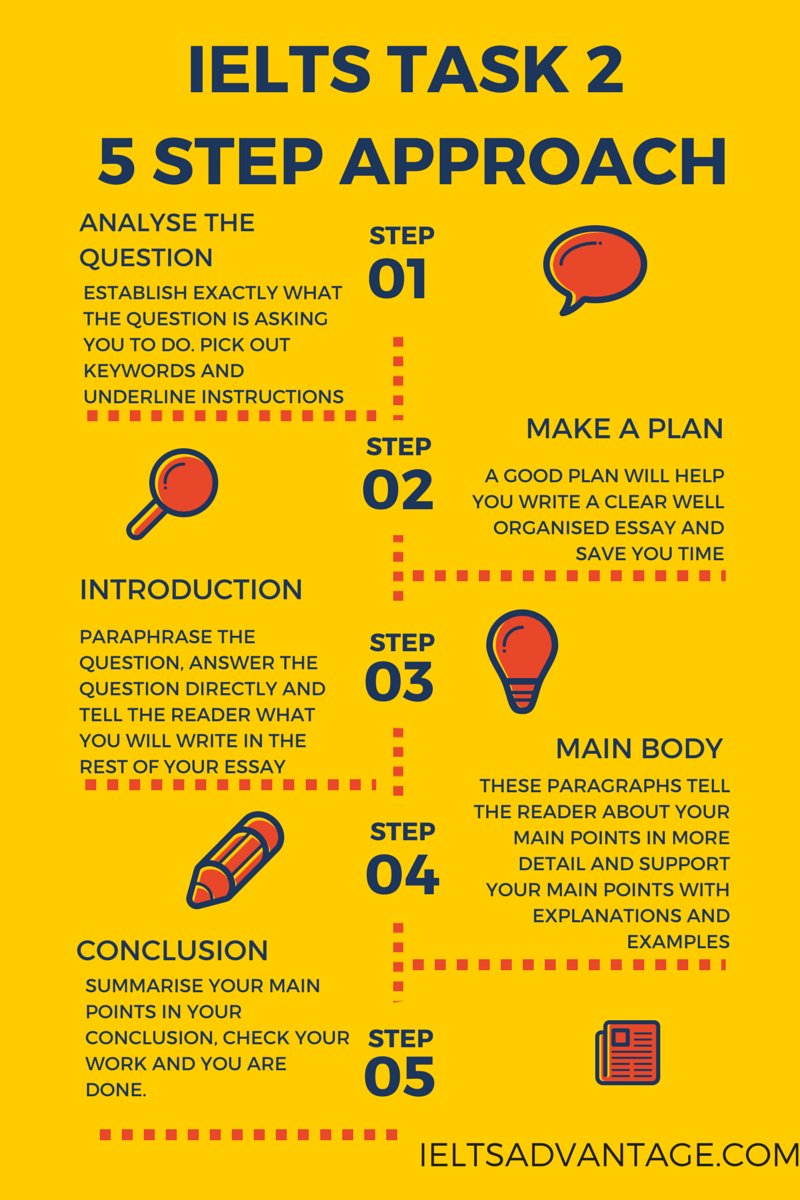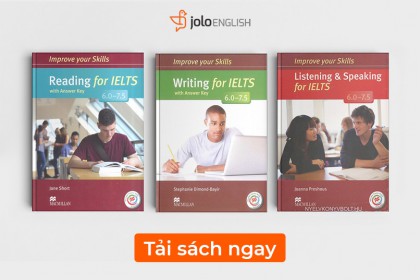Writing an ielts essay requires certain formats to be adhered to. The following is an outline of how to proceed.
- The first step is to UNDERSTAND THE QUESTION THOROUGHLY.
- The next is to DEVISE A MIND PLAN (3-5 minutes), in other words deciding on what to WRITE about. At this point you must group your thoughts, making your writing task much easier and clearer. You then decide how many paragraphs are needed.
Your ielts essay will be generally based on one of four questions. (1)
- What are your opinions on this, agree/ disagree( write your opinion in the introduction and conclusion)
- discuss both sides then give your opinion( your opinion is in your conclusion ONLY)@possibly two questions type also
- Advantage/disadvantage (opinion optional (at the beginning ) but mandatory in the conclusion)
- Discuss causes, effects and/or solutions (no opinion is necessary)
There is also specific vocabulary required for each type of essay, to be reviewed at another time.
There are three parts to the ielts essay: the introduction, body (1-2-3… paragraphs) and a conclusion.

5 steps to approach IELTS task 2
I. INTRODUCTION
The introduction is very easy. All that is required from you is to read the question very carefully and simply re-phrase, or paraphrase, the question. Then, you will also write your thesis statement (always the last sentence) which will introduce your subject and your objective(s) for the essay. Usually up to 50 words will be sufficient. A possible third sentence may be needed for additional information to explain your point of view. Your thesis statement will present your opinion in most cases (refer note 1 at the beginning).
Use the passive tense if you can and use as many synonyms as possible. Keywords may be repeated from the question
II. BODY
Depending on the type of essay you will be writing (opinion…) you will have anywhere from one to three, possibly four body paragraphs. As is the norm you will start with a topic sentence which in turn introduces and summarizes what you will write about in this paragraph. This sentence will be of simple structure and to the point; the rest of your writing will have to be in a complex structure. Be sure to start your paragraph with a transitional word or phrase (ex: First of all,). You then support (with examples) what you stated in your topic sentence. Make sure to use linking words, such as therefore, consequently, furthermore… in this part of your writing. You may use one, two or three types of example sentences in this paragraph. Try to make your last sentence come back to what was written in the body (as some type of summary). Your last sentence will again introduce the following paragraph. When it comes to the following conclusion, this is not needed.
The following paragraphs of the body will follow in the same fashion, using specific vocabulary according to the type of question asked. Rich vocabulary, modal verbs, idioms and synonyms are also a bonus. Again try to use the passive tense.
III. CONCLUSION
Again very easy. You simply restate, OR reinforce your thesis statement. You then conclude with your response, to wrap up your essay. You must specifically refer back to your body paragraphs. This is called your finishing or closing statement. DO NOT add extra material.
TIPS:
- Using modal verbs (could, would, must…) is necessary to get a high score.
- Try to use the passive.
- Never use abbreviations (can’t, won’t. I’ll…).
- Always write 1-10 (one, two…).
- Start with task 2 first over task 1 as task 2 is worth twice as much.






















